Access Control in 2026: How to Protect Data Like a Pro
Share

As cyber threats continue to evolve, access control remains the front line of defense against data breaches. for 2026, with the rise of AI-driven cyberattacks, remote work environments, and multi-cloud infrastructures, organizations can no longer rely on outdated password systems or static user roles.
Strong access control is no longer optional—it’s essential for compliance, trust, and resilience. Whether you’re a startup, SME, or enterprise, understanding and implementing access control best practices can drastically reduce your risk exposure.
This guide explains what access control is, why it’s crucial for 2026, the latest technologies driving it, and practical steps to strengthen your organization’s data security posture.
What Is Access Control?
Access control is a cybersecurity framework that determines who can access what data, systems, or resources within an organization.
It answers three key questions:
- Authentication: Who are you?
- Authorization: What are you allowed to do?
- Accountability: What did you do and when?
By enforcing these layers, organizations prevent unauthorized access and reduce insider threats, which account for over 30% of data breaches according to Verizon’s 2025 Data Breach Investigations Report.
Types of Access Control Models
| Model | Description | Best Used For |
|---|---|---|
| Discretionary Access Control (DAC) | Resource owners decide who gets access. | Small teams and flexible environments. |
| Mandatory Access Control (MAC) | Central authority enforces strict access levels. | Government or defense sectors. |
| Role-Based Access Control (RBAC) | Permissions assigned based on job roles. | Medium to large enterprises. |
| Attribute-Based Access Control (ABAC) | Access granted based on attributes (time, device, location). | Modern, cloud-native systems. |
| Zero Trust Access Control (ZTAC) | “Never trust, always verify” principle. | Distributed or remote workforces. |
In 2026, the trend is shifting toward Zero Trust and Attribute-Based models, thanks to AI-enhanced monitoring and real-time risk assessments.
Why Access Control Matters More Than Ever in 2026
1. Rise of Hybrid and Remote Work
Employees access company data from personal devices and home networks—raising attack surfaces dramatically.
2. Explosion of Cloud Applications
With multiple SaaS platforms and cloud storage systems, identity management must span several environments.
3. Compliance Demands
Regulations like GDPR, NDPA (Nigeria), CCPA, and HIPAA require strict data access management to protect user privacy.
4. AI-Powered Threats
Cybercriminals now use AI to crack passwords, imitate users, and exploit poor access configurations.
Access Control Best Practices for 2026
1. Adopt a Zero Trust Architecture (ZTA)
Zero Trust assumes no user or device is trustworthy by default.
- Continuously verify user identity and device posture.
- Apply least-privilege access for all roles.
- Monitor and log all access activities.
2. Implement Multi-Factor Authentication (MFA)
Passwords alone are no longer sufficient. MFA adds an extra layer of security.
Best practices:
- Combine passwords with biometrics, tokens, or OTPs.
- Enforce MFA for all critical systems and cloud accounts.
3. Use Role-Based and Attribute-Based Controls Together
Combine RBAC and ABAC to gain flexibility.
Example: A finance manager (role) accessing payroll data only during office hours (attribute).
4. Regularly Review and Revoke Access Rights
- Conduct quarterly audits of user permissions.
- Remove access immediately when employees change roles or leave.
- Use automation tools to detect inactive or risky accounts.
5. Centralize Identity and Access Management (IAM)
Implement a unified IAM solution to manage users across on-premises and cloud environments.
Popular options: Okta, Microsoft Entra ID (Azure AD), Ping Identity.
6. Monitor Privileged Accounts
Privileged accounts (admins, system engineers) require enhanced scrutiny.
- Use Privileged Access Management (PAM) tools.
- Rotate admin passwords regularly.
- Record all privileged sessions.
7. Apply Least Privilege Everywhere
Each user should have only the minimum access necessary to perform their job.
This minimizes the damage potential from compromised accounts.
8. Encrypt Data in Transit and at Rest
Even if unauthorized users gain access, encryption ensures data remains unreadable.
9. Use AI and Behavioral Analytics
Modern access systems use machine learning to detect anomalies such as:
- Unusual login times or locations.
- Abnormal data downloads.
- Login attempts from new devices.
10. Train Employees on Access Hygiene
Human error remains the biggest security gap.
- Educate staff on phishing, password safety, and MFA usage.
- Conduct regular access control simulations.
Emerging Trends in Access Control for 2026
| Trend | Description | Impact |
|---|---|---|
| AI-Driven Identity Management | Predicts risky logins and enforces adaptive authentication. | Enhances security without user friction. |
| Passwordless Authentication | Uses biometrics or tokens instead of passwords. | Reduces credential theft. |
| Decentralized Identity (DID) | Users control their own digital identity. | Improves privacy and compliance. |
| Integration with Data Loss Prevention (DLP) | Links access control with content monitoring. | Prevents data exfiltration. |
Real-World Example
Case Study: Financial Services Firm (2025)
A mid-sized financial firm faced multiple unauthorized login attempts on its cloud systems. After deploying Zero Trust access, MFA, and behavioral analytics, the company reduced intrusion attempts by 90% within three months and achieved compliance with ISO 27001 standards.
Common Access Control Mistakes to Avoid
- Using shared admin accounts.
- Ignoring guest or temporary users.
- Not integrating on-prem and cloud access policies.
- Failing to review access logs regularly.
- Over-relying on passwords without MFA.
FAQs
Q1. What’s the difference between authentication and authorization?
Authentication verifies who you are; authorization determines what you’re allowed to do after verification.
Q2. How often should access rights be reviewed?
At least quarterly, or immediately after role changes.
Q3. Is Zero Trust only for large enterprises?
No. SMEs can adopt simplified Zero Trust principles using cloud IAM tools and MFA.
Q4. What’s the best access control solution for 2026?
Solutions like Okta, CyberArk, or Microsoft Entra ID offer comprehensive, scalable access management for modern businesses.
Q5. Does AI replace human oversight in access control?
No. AI enhances decision-making but should complement—not replace—security teams.
Conclusion
In 2026, data security begins with who gets access and how. A robust access control strategy built on Zero Trust, MFA, encryption, and continuous monitoring is vital to protecting sensitive information against increasingly sophisticated threats.
The best approach is layered defense: blend human awareness, AI-driven tools, and continuous reviews. With these best practices, your organization won’t just meet compliance requirements—it will lead in trust, security, and digital resilience.
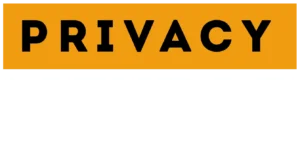

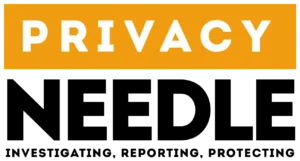








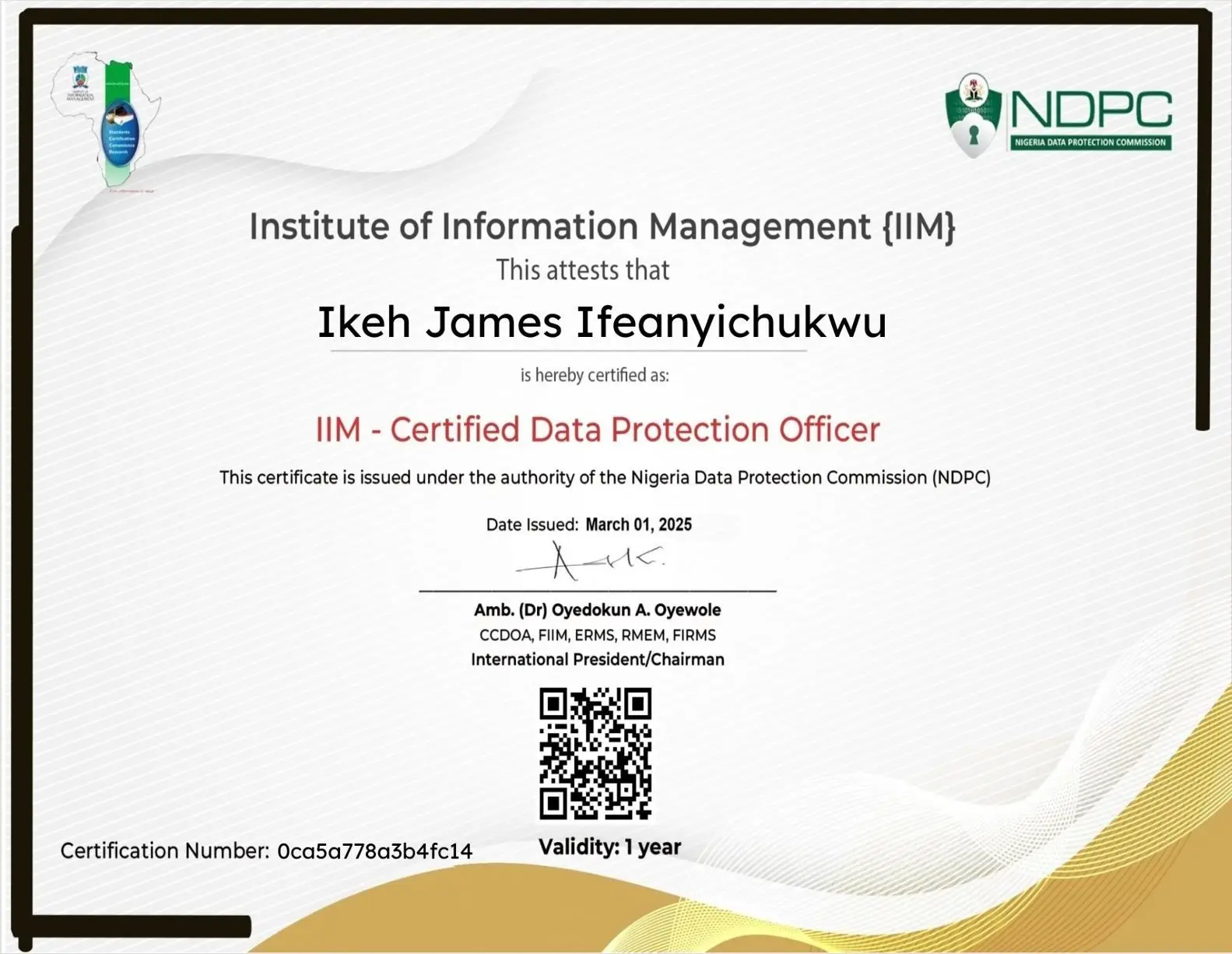














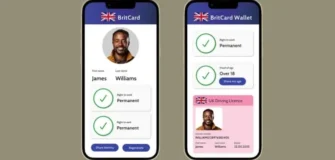

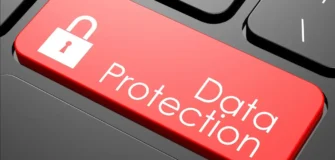







Leave a Reply